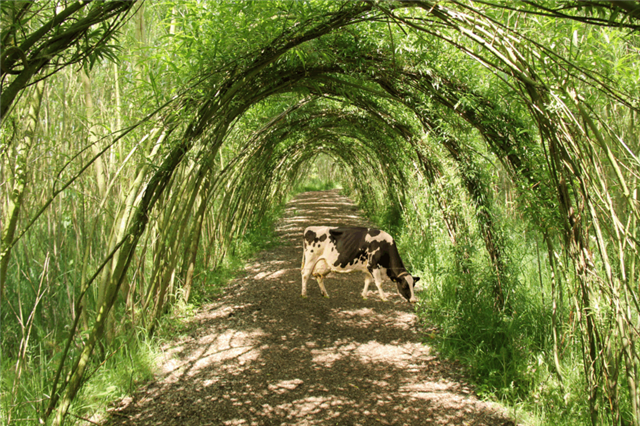What if the answer to slashing dairy’s environmental footprint wasn’t in a lab… but growing right in the pasture?
That’s exactly what new research from the Research Institute of Farm Animal Biology (FBN) in Germany, together with the Universities of Rostock, Munich, and Vienna, is pointing to. Their findings show that feeding cows willow leaves can cut ammonia emissions by 14% and nitrous oxide - one of the most powerful greenhouse gases - by a jaw-dropping 81%.

From Ancient Wisdom to Modern Sustainability
Willows aren’t new to farming, they’ve been a trusted fodder and medicinal plant for centuries in places like New Zealand and North America. But now science is uncovering their hidden climate-fighting superpowers.
Packed with salicin (the natural precursor to aspirin) and other bioactive compounds, willow leaves change how cattle process nitrogen, dramatically reducing harmful gases from urine.
Shade, Feed, and Climate Benefits - All in One Tree
Imagine silvopastoral pastures where willows grow alongside grazing cows, providing shade, boosting microclimates, and helping the planet. Locally available, renewable, and natural, willow foliage could be a farm-ready solution where other methods fail.
Field trials are already underway, and researchers are testing other trees like poplar for similar effects. Even willow-based additives for manure and slurry are on the horizon.
Innovation sometimes grows quietly, leaf by leaf. Could your farm’s next sustainability leap start with a tree?
—
Adapted from original reporting by Tony McDougal for Dairy Global.
Read the full article here.

